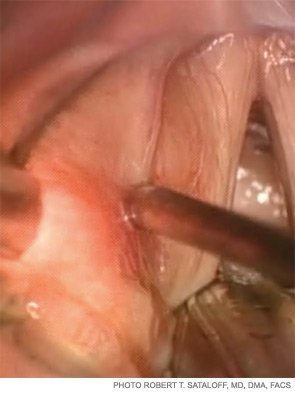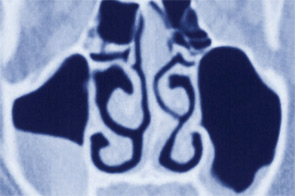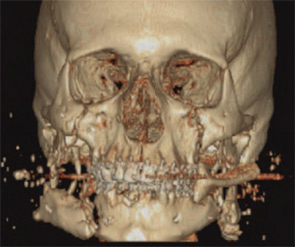People get face-lifts and other types of cosmetic surgery to look better. They exercise so that they’ll feel better. But few people consider a voice lift, which combines surgery and exercise to make them sound better.


People get face-lifts and other types of cosmetic surgery to look better. They exercise so that they’ll feel better. But few people consider a voice lift, which combines surgery and exercise to make them sound better.

The title of this session at the Triological Society’s Combined Sections Meeting held here Feb. 4-7 asked a tough question: Why are otolaryngologists still talking about pediatric tonsillitis, otitis and sinusitis?

Does the size of the dehiscence in SSCD correlate with the size of the air-bone gap? Background: Patients with superior semicircular canal dehiscence (SSCD) present with a variety of symptoms […]
What can physicians tell patients about the shelf life of antimicrobial ear drops and when bottles might become contaminated after use in the infected ear canal? Background: Little evidence exists […]
What type of in vivo tissue engineering construct best facilitates tissue regeneration after vocal fold scarring? Background: Vocal fold scarring is the cause of most cases of voice deficiencies after […]
What is the safety and efficacy of the OmniGuide handheld fiber for CO2 laser stapedotomy as compared to the handheld potassium titanyl phosphate (KTP) laser in patients undergoing stapedotomy for […]
Is extracapsular dissection a better option for benign parotid tumors? Background: While a superficial or total parotidectomy is considered the gold standard surgical intervention for benign parotid tumors, the surgery […]
Are otolaryngologists underdiagnosing EVA? Background: Enlarged vestibular aqueduct (EVA) is the most commonly identified CT scan anomaly found in children with sensorineural hearing loss (SNHL). Current radiographic criteria for EVA […]

Ever since the first fully equipped otolaryngology team was sent to the Air Force Theater Hospital (AFTH) in Balad, Iraq in 2004, an otolaryngologist-head and neck surgeon has become a permanent member of any deployed multispecialty head and neck team, working alongside a neurosurgeon, ophthalmologist and oral and maxillofacial surgeon.